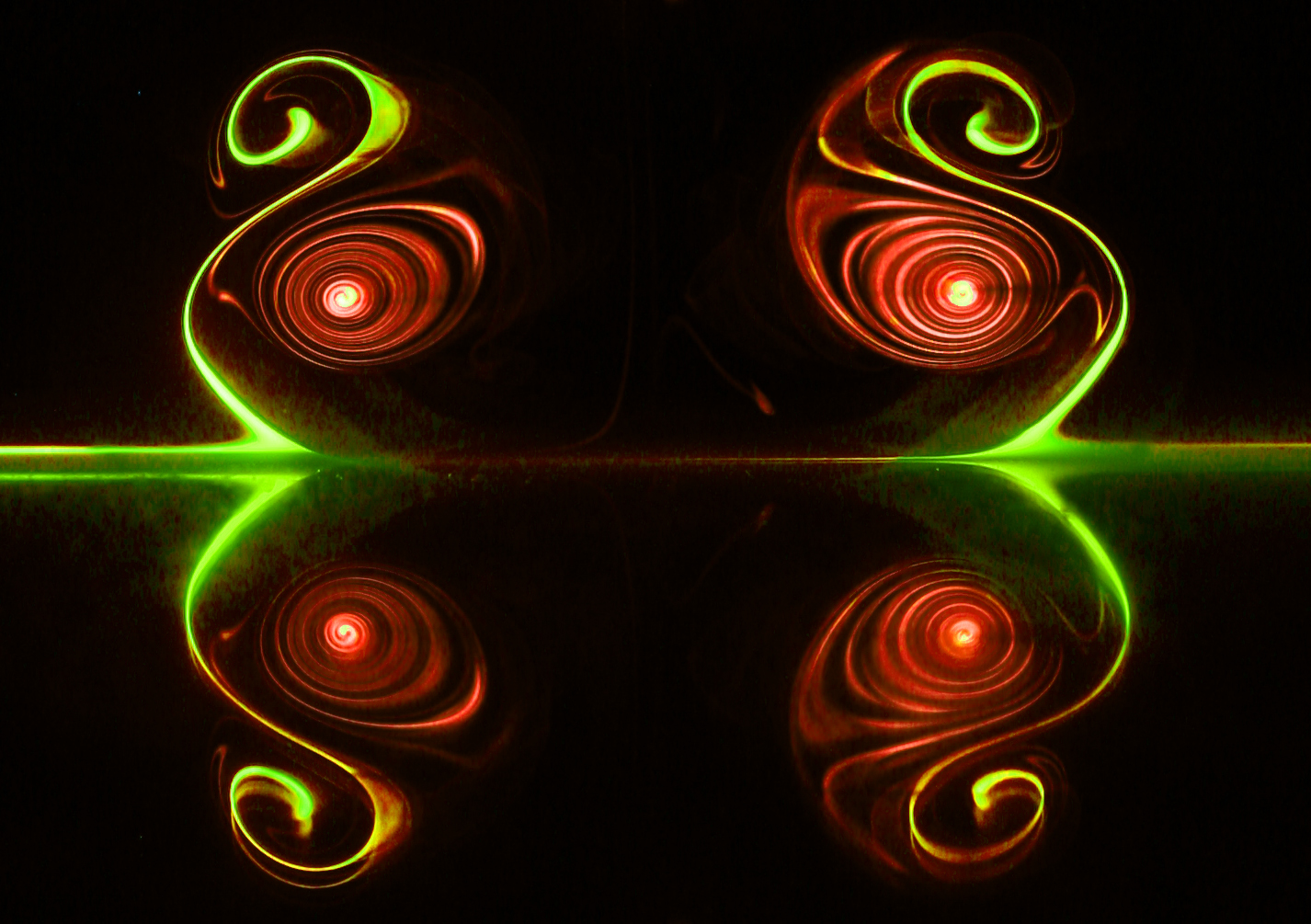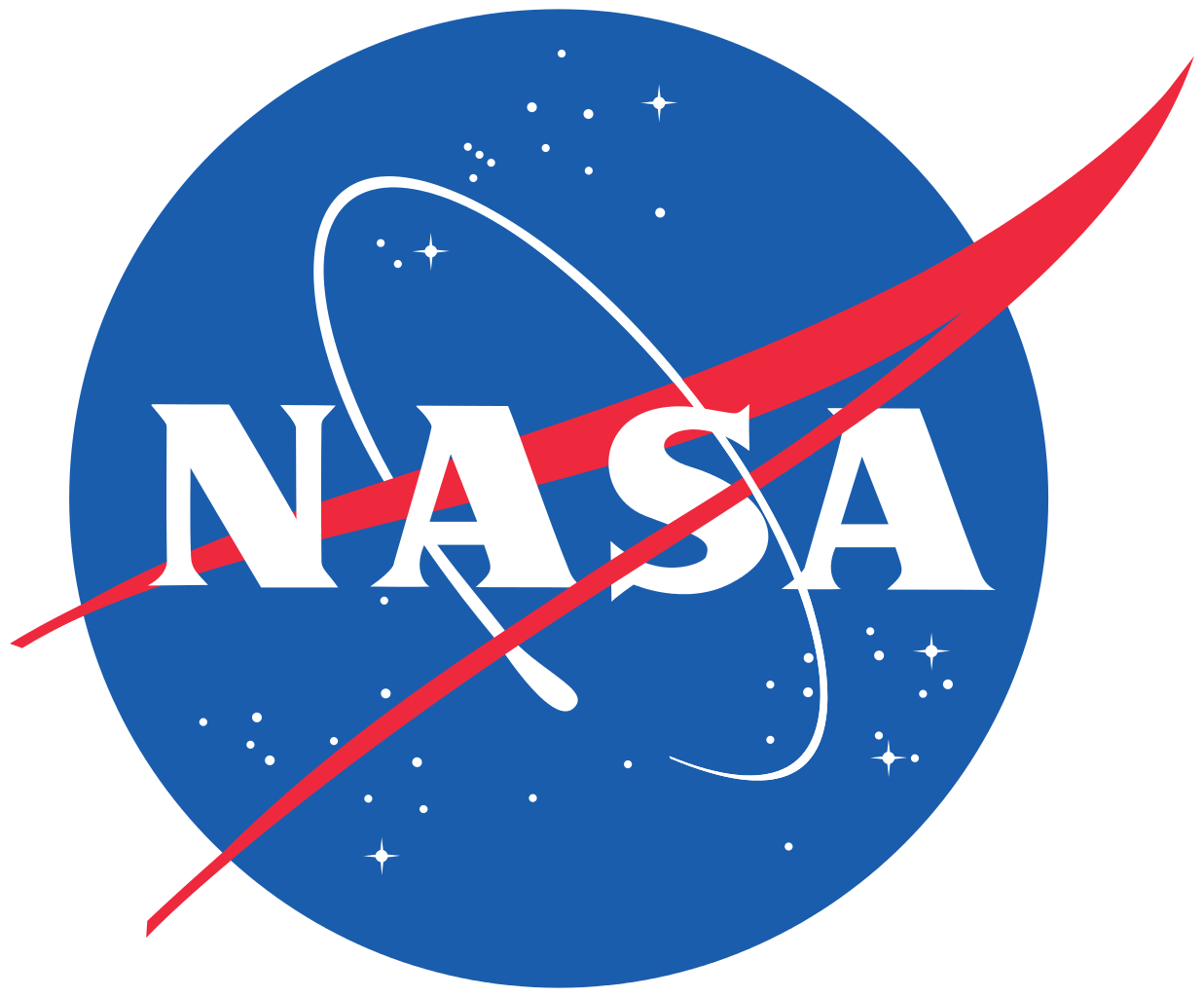

This program provides up to $2,000 per grant to support New York primary, secondary, and post-secondary educators and higher education students in NASA-relevant science technology, engineering, and mathematics (STEM). Funds may be used for activities that include but are not limited to the following: faculty collaboration with NASA researchers, payload space on launch vehicles, student research mentored by college faculty or professional scientists/engineers, travel to present at scientific/professional conferences or symposia, and participation in training/professional development. Grant applications will be reviewed and selected based on criteria such as the activity's relevance to NASA priorities, the breadth of its impact on science or aerospace technology in NY State, and anticipated impact of funding on the project or the recipient's academics, research, or teaching career.
Eligibility for grant recipients:
+ Must be United States citizens (US permanent residents are ineligible).
+ Must be full-time students or faculty members at accredited colleges/universities within NY State (includes community colleges and technical schools), or K-12 STEM teachers (or parent of home-schooled student with an approved individualized home instruction plan - IHIP) within NY State
To apply, download this fillable PDF form.
| For support within: | Due Date: |
|---|---|
| June 1, 2018 - August 31, 2018 | May 15, 2018 |
| September 1, 2018 – December 31, 2018 | August 1, 2018 |
| January 1, 2019 – April 30, 2019 | December 1, 2018 |
Full-time teaching or research faculty at accredited US colleges/universities may apply for ten-week fellowships to conduct on-site research with NASA Marshall Space Flight Center colleagues. For full eligibility details and program rules, download this PDF flyer. Apply by February 22, 2018.

Simulating the effect of airplane wingtip vortices interacting with the ground, the above image was captured using innovative techniques developed by Prof. Charles Williamson and Space Grant-funded undergraduates Daniel Harris and Victor Miller. This image was published in the Jan. 2010 issue of Physics Today, and was one of the winning entries in the Gallery of Fluid Motion contest at the American Physical Society’s Nov. 2009 meeting.





